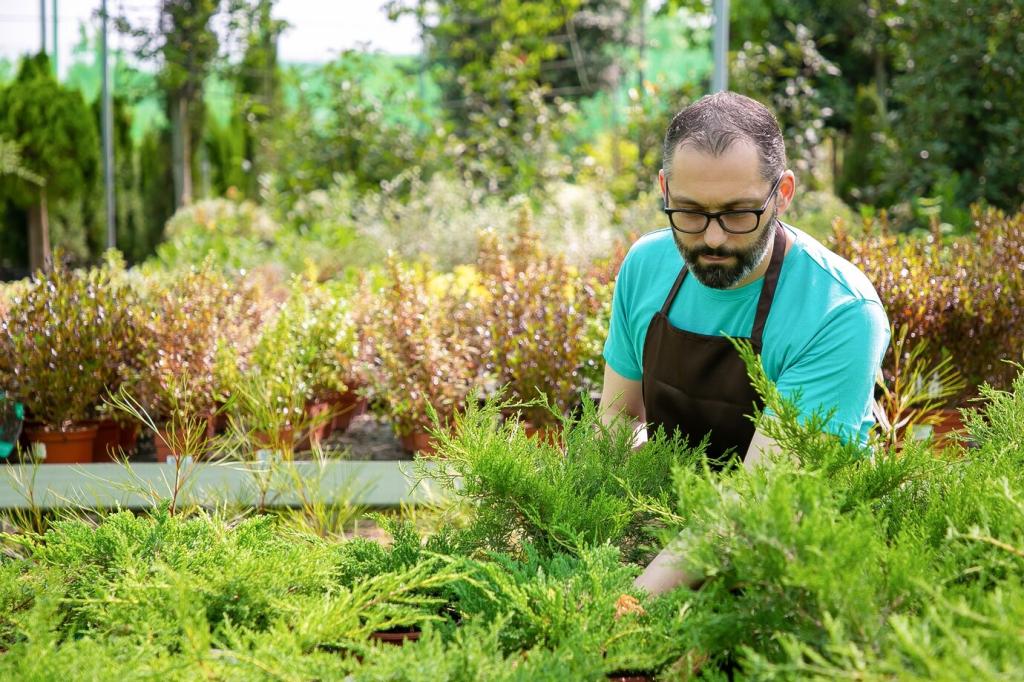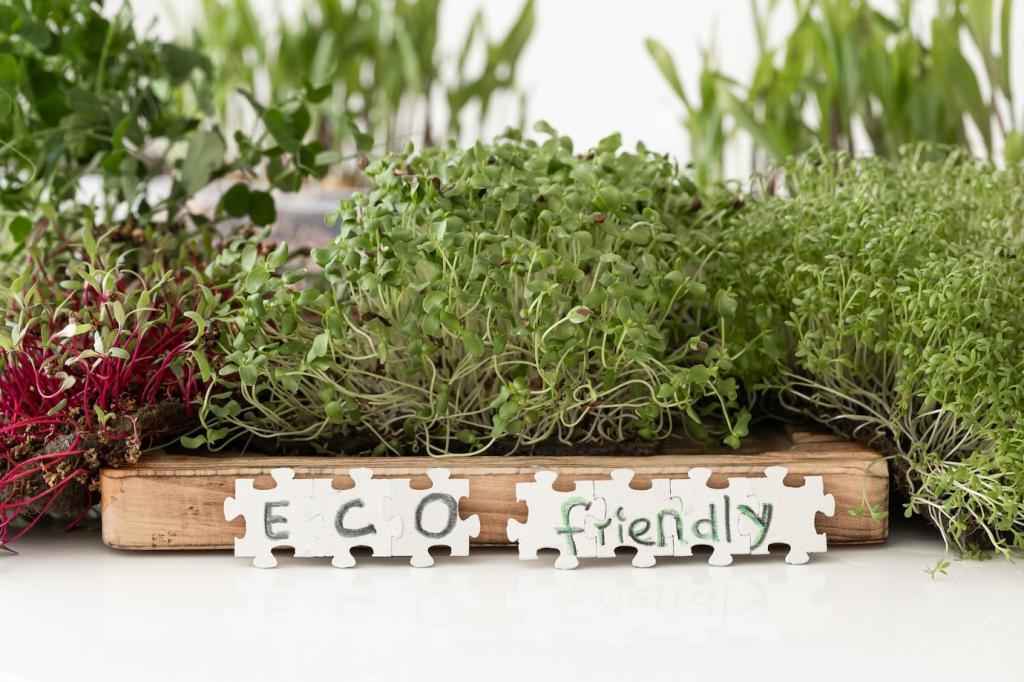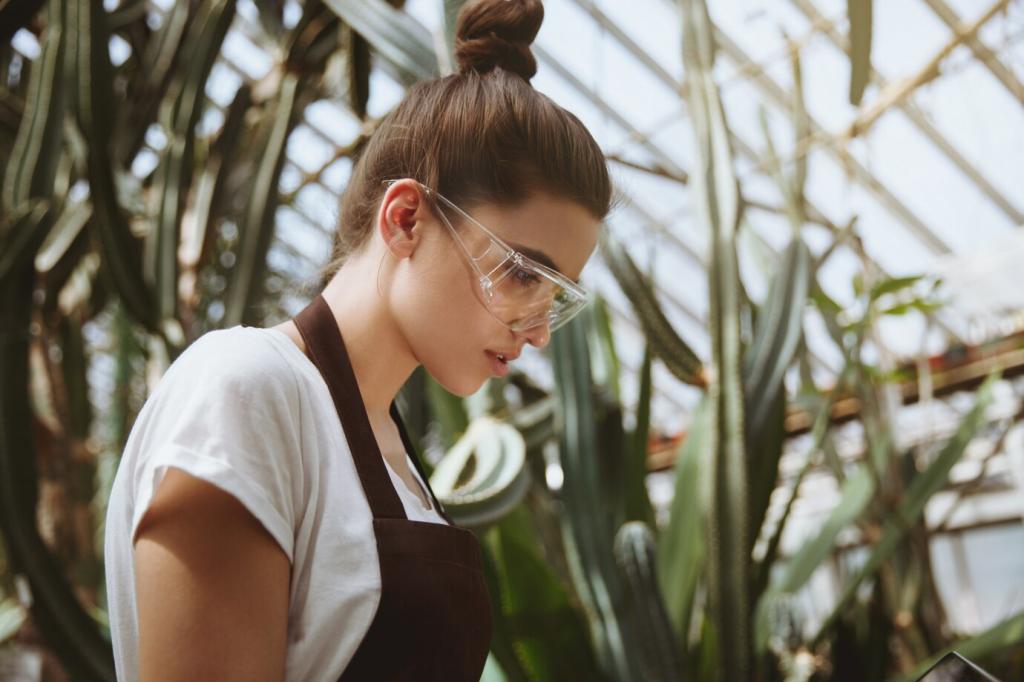Smart Technologies Powering Sustainable Irrigation Systems
Drip lines and micro-sprinklers deliver water directly to the root zone, often improving water-use efficiency by thirty to sixty percent. They limit evaporation, reduce foliar disease risk, and enable fertigation, which feeds plants precisely while preventing nutrient leaching.
Smart Technologies Powering Sustainable Irrigation Systems
Paired with sensors and evapotranspiration data, sustainable irrigation systems water only when the root zone truly needs it. Growers can cut unnecessary irrigations, reduce energy use, and maintain uniform soil moisture, translating to healthier plants and reliable quality.







